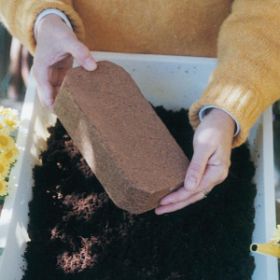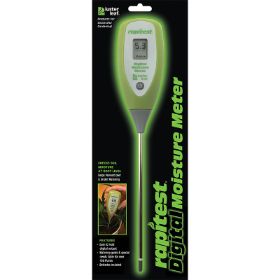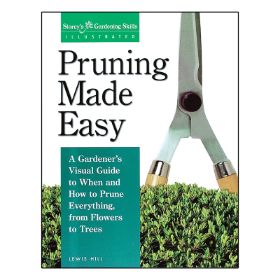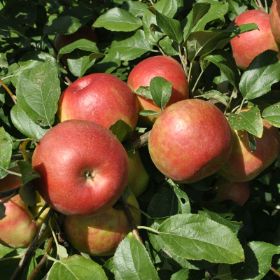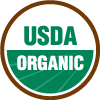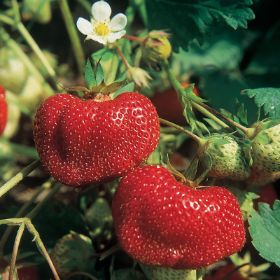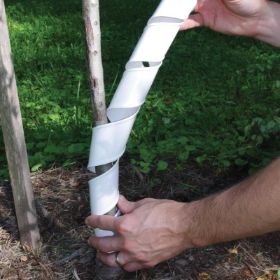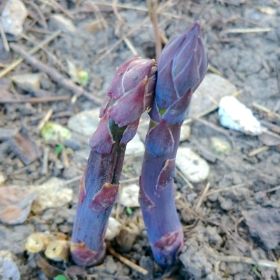Lingonberry Plant
Description
Produces slightly tart, bright-red berries high in vitamin C. Great for making sauces, jellies or wines. Compact shrub features petite pink-white flowers in spring and again in summer. Plant individually, in rows, or as ground cover for an attractive addition to any landscape. Requires low-pH, acidic soil; thrives where blueberry and cranberry plants grow. Cold-hardy. Ripens in mid-August and mid-October. Self-pollinating.
Characteristics
| Bloom Color | Pink, White |
| Fruit Color | Red |
| Fruit Size | Medium - Large |
| Pollination | Self-Pollinating |
| Ripens/Harvest | Late Summer-early Fall |
| Shade/Sun | Partial Shade - Full Sun |
| Soil Composition | Loamy |
| Soil Moisture | Well Drained - Average Moistness |
| Soil pH Level | 4.5 - 5.5 |
| Taste | Tart |
| Texture | Firm |
| Years to Bear | 2 - 3 |
| Zone Range | 2 - 7 |
Zone Compatibility
This Variety's Zone Range
2 - 7
My Hardiness Zone
?
The USDA hardiness zones offer a guide to varieties that will grow well in certain climates. Each zone corresponds to the minimum winter temperatures experienced in a given area. Make sure that your hardiness zone lies within the zone compatibility range of this variety before ordering.
Pollination
This variety is self pollinating.
In many cases, you may still want to plant pollinating partners to increase the size of your crops, but with self-pollinating varieties doing so is optional. You'll get fruit with only one plant!
Tools & Supplies
Having the proper tools and supplies when growing your own can make the difference between a good harvest and a great harvest! Here's a list that our experts recommend for this variety.
Planting & Care
Learn all about how to grow lingonberry plants in The Growing Guide. An entire section of our website dedicated to your growing success.






